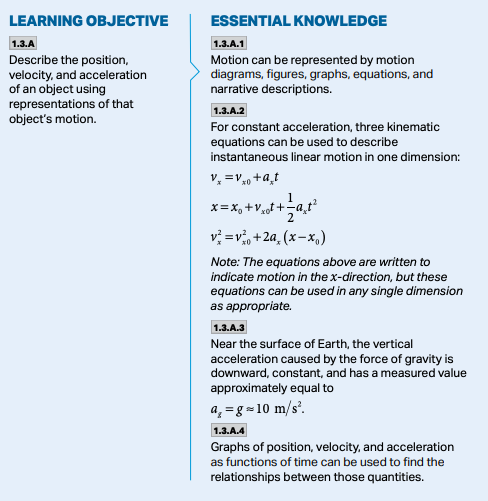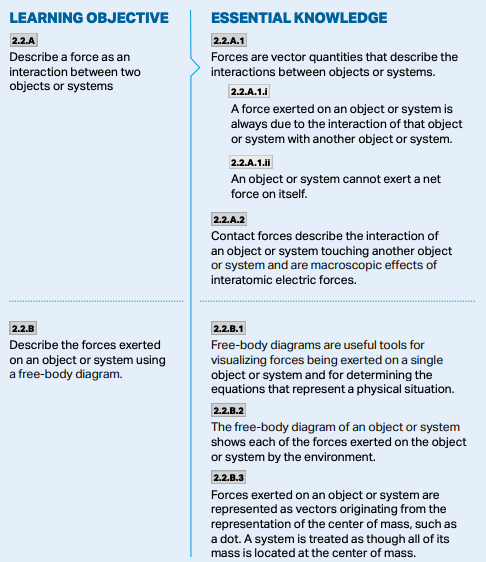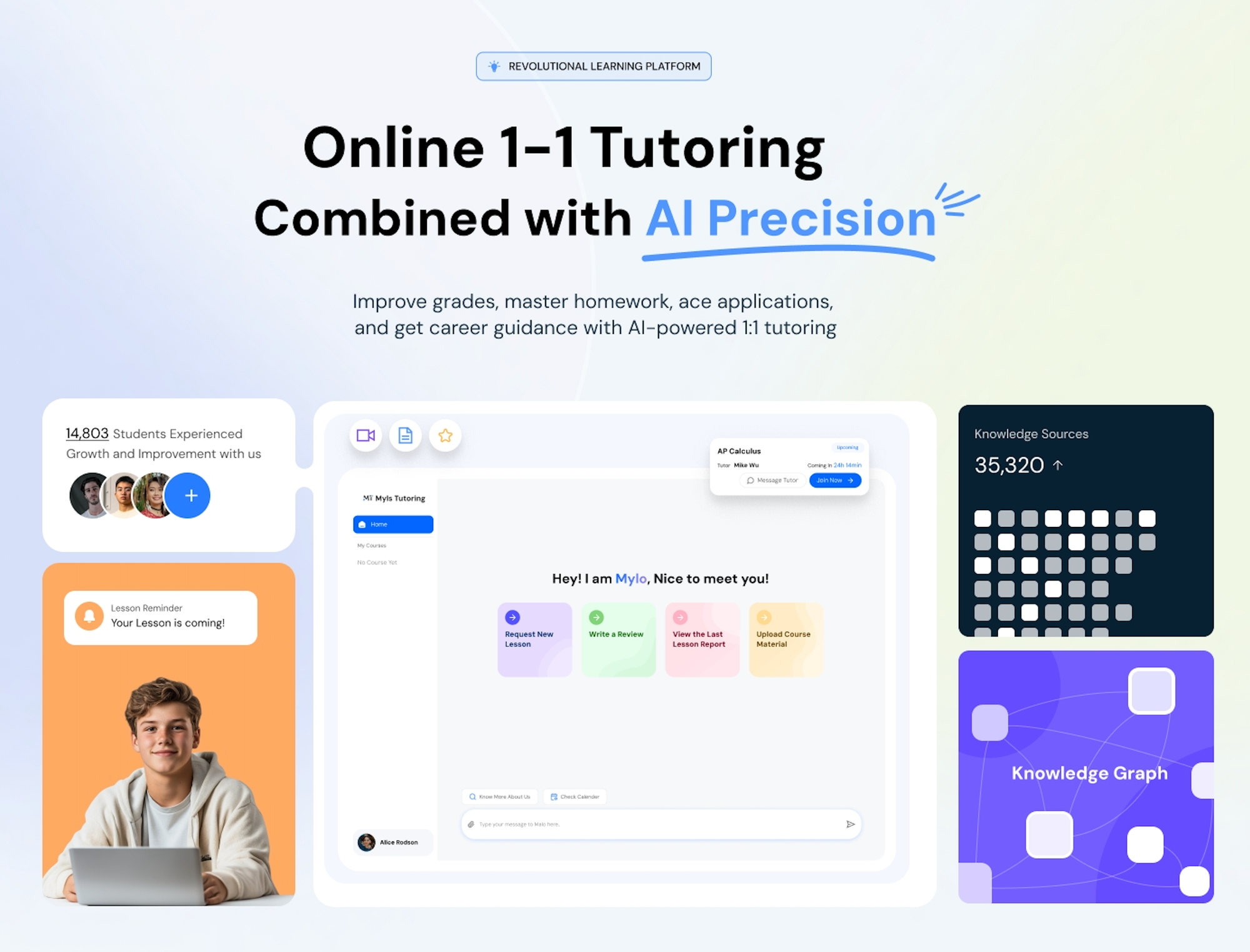AP Physics C: Mechanics — Your Complete Guide to Motion, Energy, and Success | Myls Tutoring
Unlock the secrets of forces, energy, and rotational motion in AP Physics C: Mechanics. With a structured course overview and expert support from Myls Tutoring, students gain the tools to thrive in this challenging, calculus-based physics course.

AP Physics C: Mechanics Course Overview
AP Physics C: Mechanics dives deep into the laws of motion, energy, momentum, and rotation using a calculus-based approach. Students explore real-world applications of physics through analytical thinking, experimentation, and mathematical modeling. This AP Physics course mirrors a first-year university physics class, making it ideal for students pursuing science, math, or engineering degrees.
By mastering topics like torque, harmonic motion, and energy conservation, students develop strong problem-solving skills essential for success in STEM fields.
Why Take AP Physics C: Mechanics?
AP Physics C: Mechanics isn’t just about solving problems on paper — it’s about understanding how the physical world works. The benefits of taking this course include:
- Strengthening Mathematical and Analytical Skills: This course challenges students to apply calculus in physical contexts, preparing them for advanced university-level STEM work.
- Gaining College Credit: A high score on the AP exam can lead to university credits, saving time and tuition.
- Building a Strong STEM Foundation: The skills and concepts covered provide a solid base for careers in engineering, physics, and applied mathematics.
- Exploring Real-World Applications: Learn how motion, forces, and energy govern everyday technology — from engines to satellites.
AP Physics C: Mechanics Units Course Structure
Unit 1: Kinematics
Understand position, velocity, acceleration, and motion in one and two dimensions using calculus tools like derivatives and integrals.

Unit 2: Dynamics (Forces & Newton’s Laws)
Learn how forces influence motion and analyze systems using free-body diagrams and Newton’s laws.

Unit 3: Work, Energy, and Power
Examine energy conservation and transfer. Understand the relationship between force, displacement, and mechanical energy.
Unit 4: Linear Momentum
Explore momentum conservation and collisions, and analyze impulse and its impact on systems.
Unit 5: Rotational Motion and Torque
Delve into angular velocity, rotational inertia, and torque. Apply Newton’s second law to rotating systems.
Unit 6: Rotational Energy and Angular Momentum
Compare linear and rotational energy and momentum, and explore their conservation in isolated systems.
Unit 7: Oscillations
Study harmonic motion, pendulums, and springs. Understand how restoring forces drive repetitive motion.
AP Physics C: Mechanics Course Skills and Learning Outcomes
By the end of the course, students will be able to:
- Apply calculus to solve motion and energy problems.
- Analyze systems using free-body diagrams and rotational models.
- Interpret real-world physics problems and model them mathematically.
- Design and analyze experiments in a mechanics context.
- Develop a deeper understanding of how physics principles govern both natural and engineered systems.
AP Physics C: Mechanics Assessment Structure
Students are assessed through:
- Multiple Choice (50%): 40 questions in 1 hour 20 minutes.
- Free Response (50%): 4 in-depth questions in 1 hour 40 minutes requiring calculations, explanations, and problem-solving.
Success requires not just memorization, but true understanding of physics concepts, especially as they relate to calculus.
Tips for Success in AP Physics C: Mechanics
- Master the Math: Be confident in derivatives and integrals before applying them in physics problems.
- Visualize Everything: Sketch motion graphs, forces, and rotation — visuals help decode complexity.
- Practice Often: Solve problems across topics, especially multi-step and mixed-concept questions.
- Understand, Don’t Memorize: Knowing why equations work gives you flexibility on exam day.
- Review Past Exams: Get familiar with AP formatting and expectations early in the course.
How Myls Tutoring Can Help You Succeed in AP Physics C: Mechanics

At Myls Tutoring, we understand that AP Physics C: Mechanics is one of the most demanding courses in high school — but it’s also one of the most rewarding. Our tutors simplify complex topics using visuals, real-world examples, and step-by-step problem solving
Myls Tutoring support students with:
✔️ A “Find a Tutor” feature that Myls Online Tutoring Platform helps match students with the best-fit physics specialist for their learning style.
✔️ Personalized lesson plans tailored to their learning goals and pace by Human and AI Collaborative Tutoring platform
✔️ Clear, guided explanations of mechanics by experienced tutors, from Newton’s laws to rotational dynamics.
✔️ Exam-focused preparation including FRQ strategies, formula breakdowns, and time management tips.
✔️ Interactive tools and simulations that make abstract physics concepts easier to grasp.
Whether you’re struggling with momentum or want to perfect your free-response answers, Myls Tutoring is here to guide your success in AP Physics C.
📘 Book a Free Trial Lesson Today and take the first step toward mastering AP Physics C: Mechanics!
🔍 Explore more science courses at Myls Tutoring and find the right tutor to power your learning journey!




